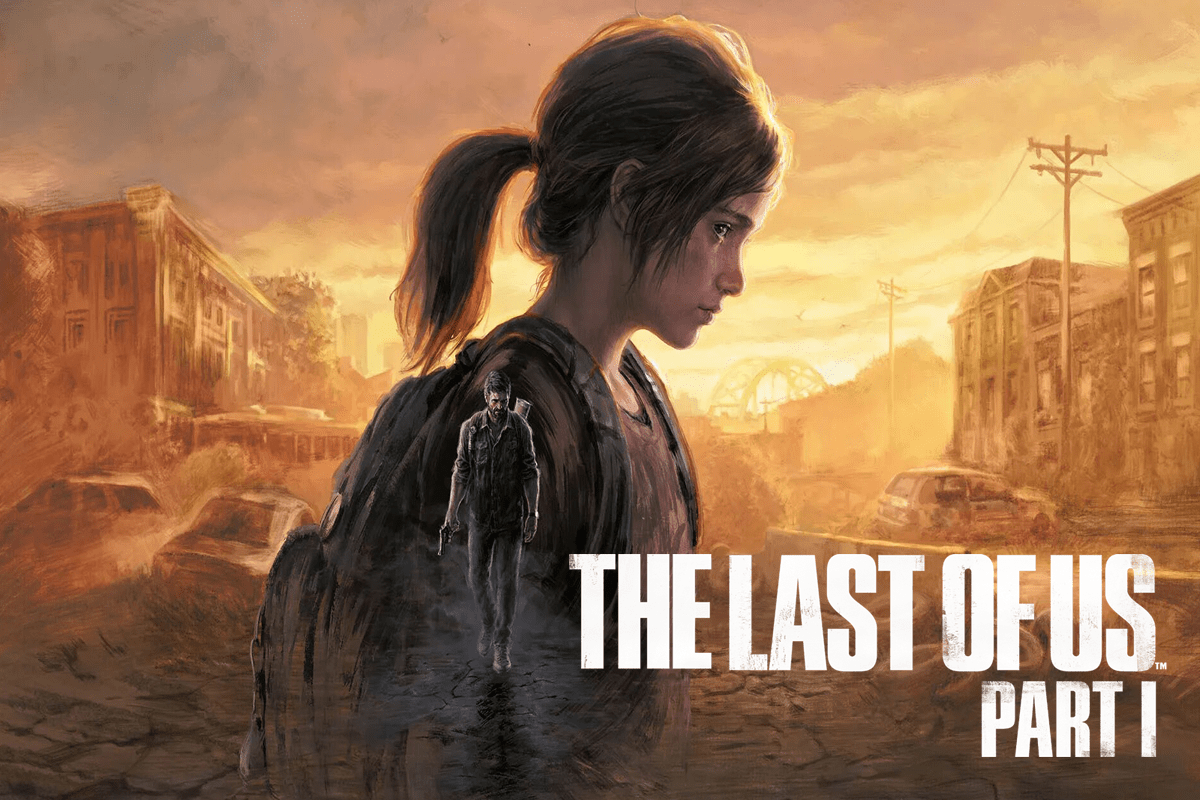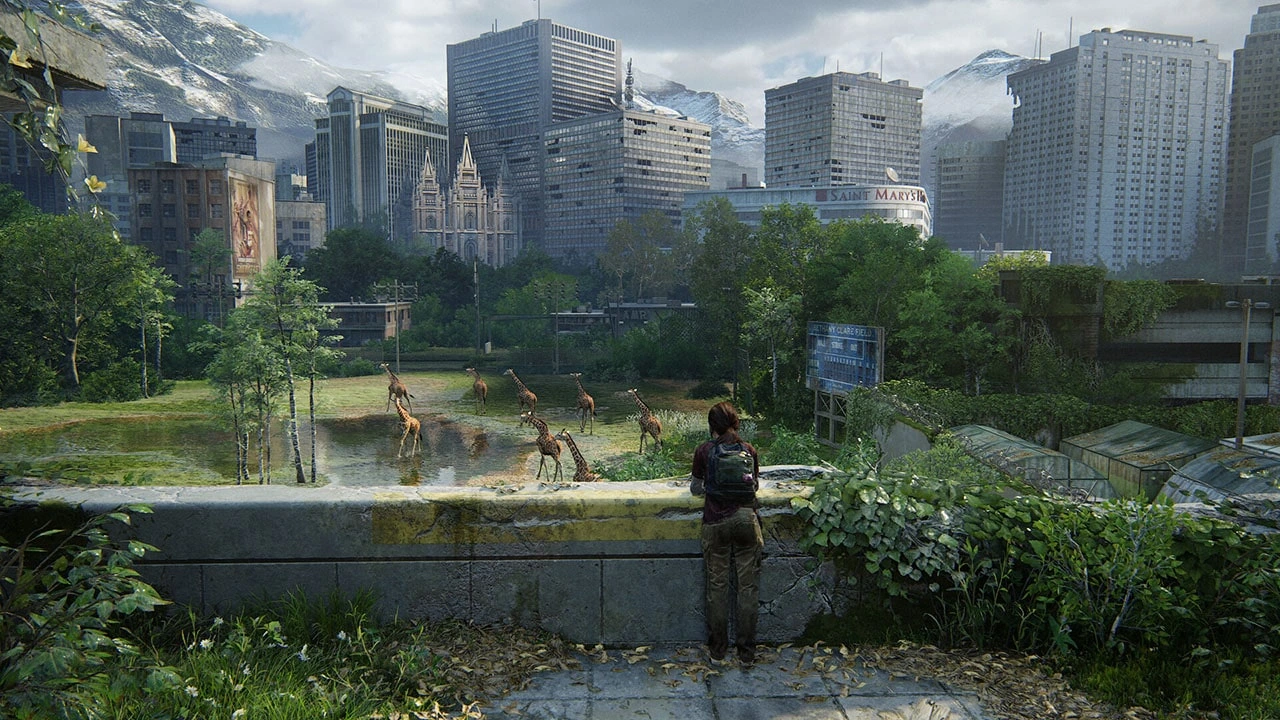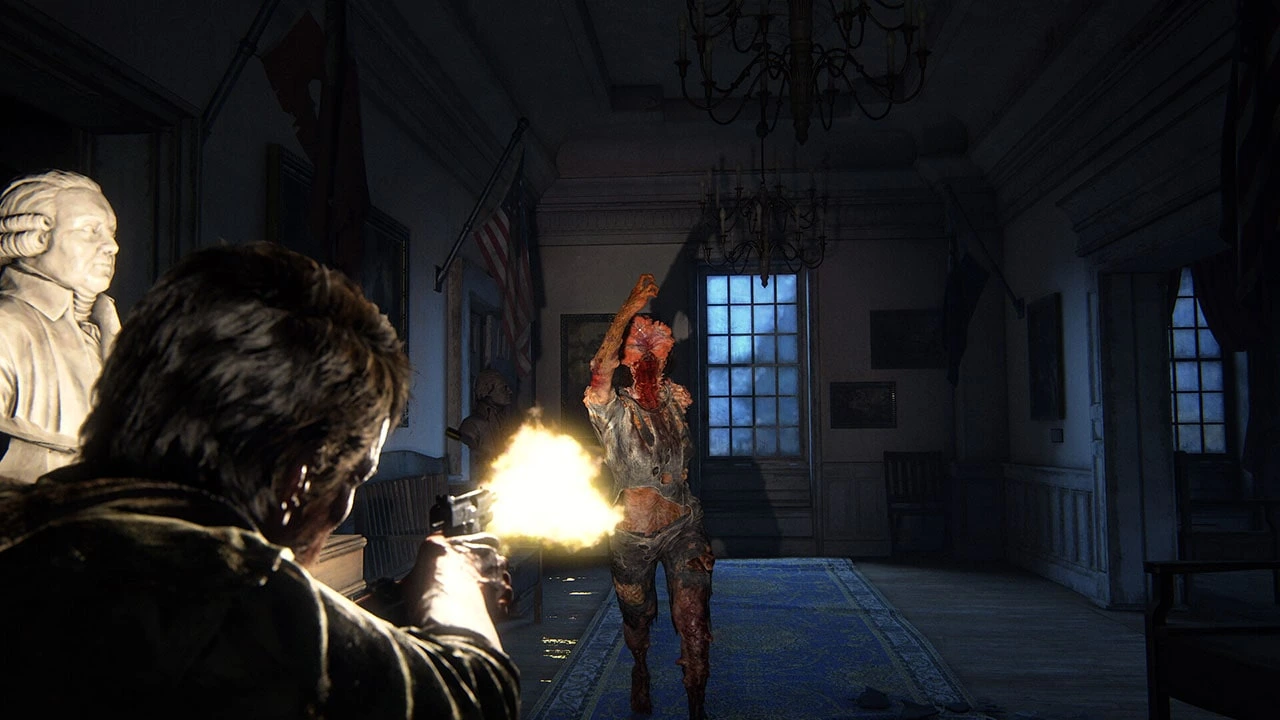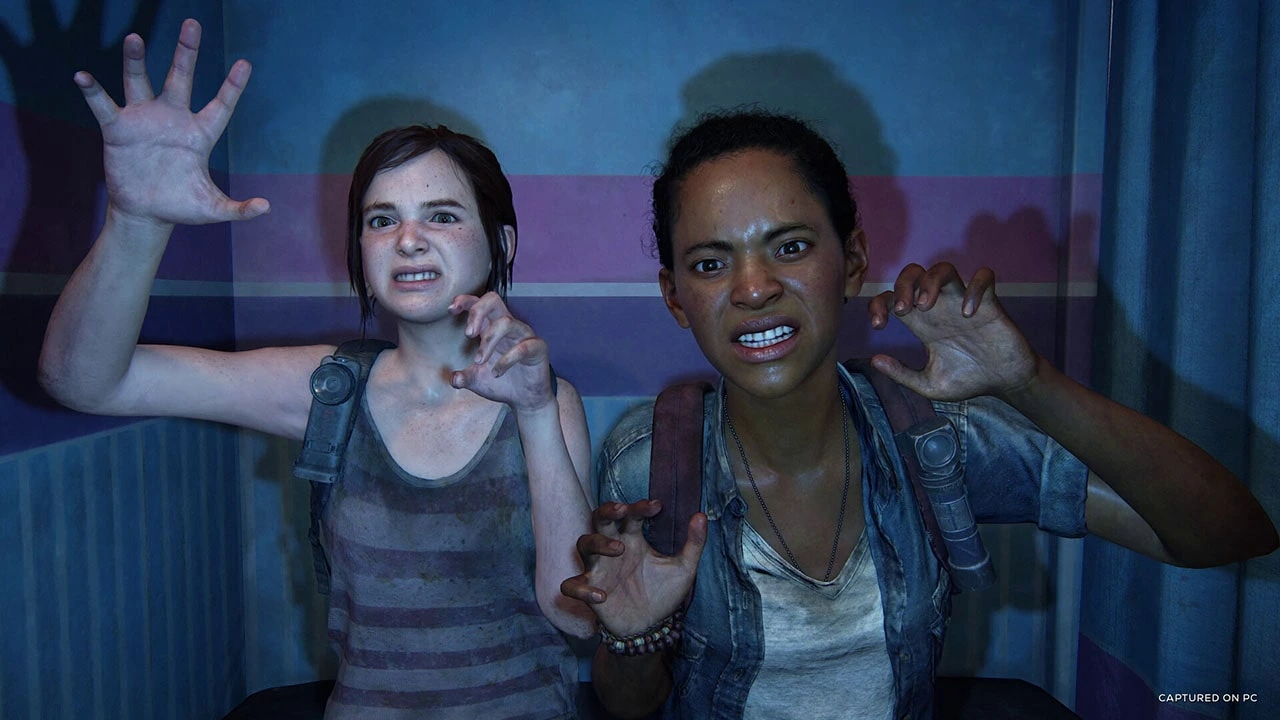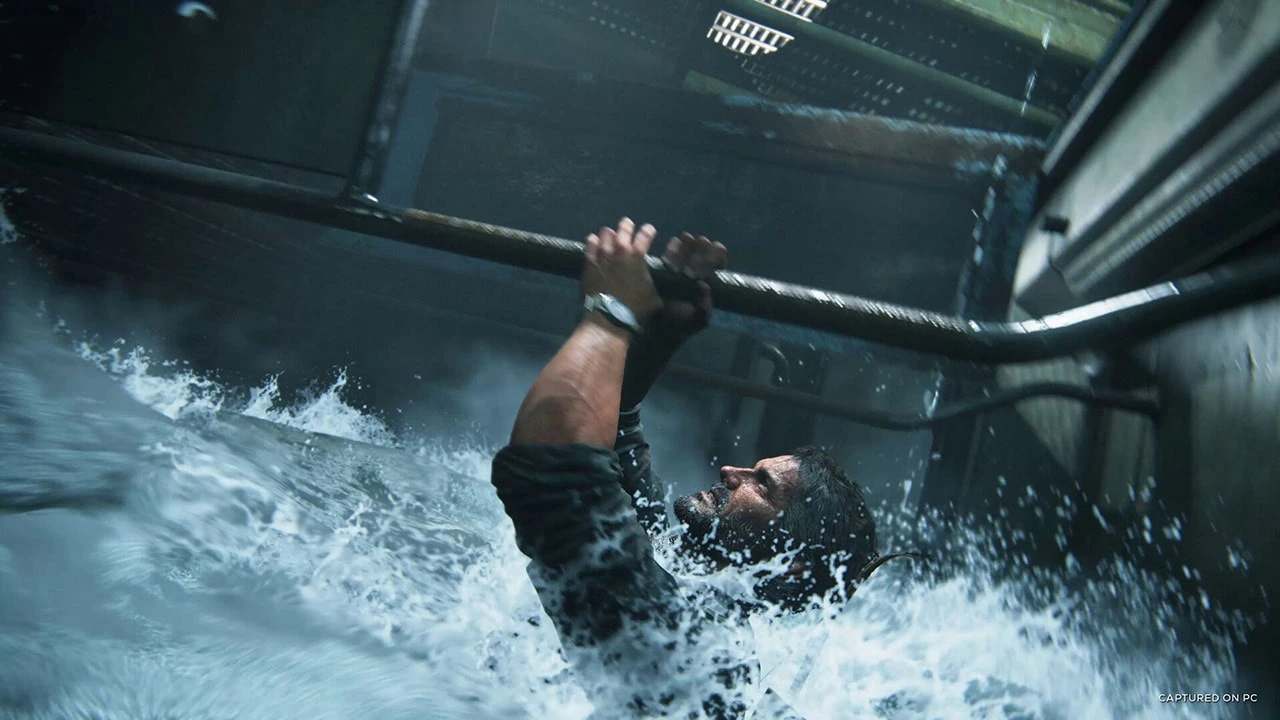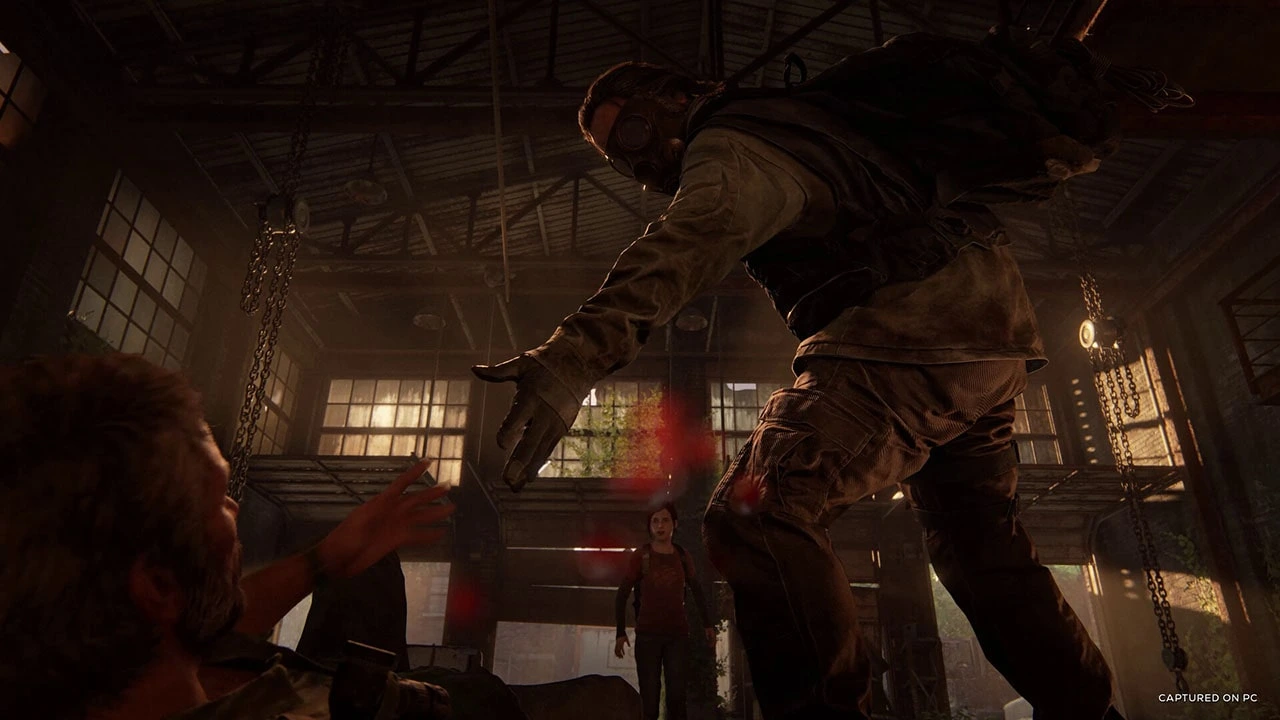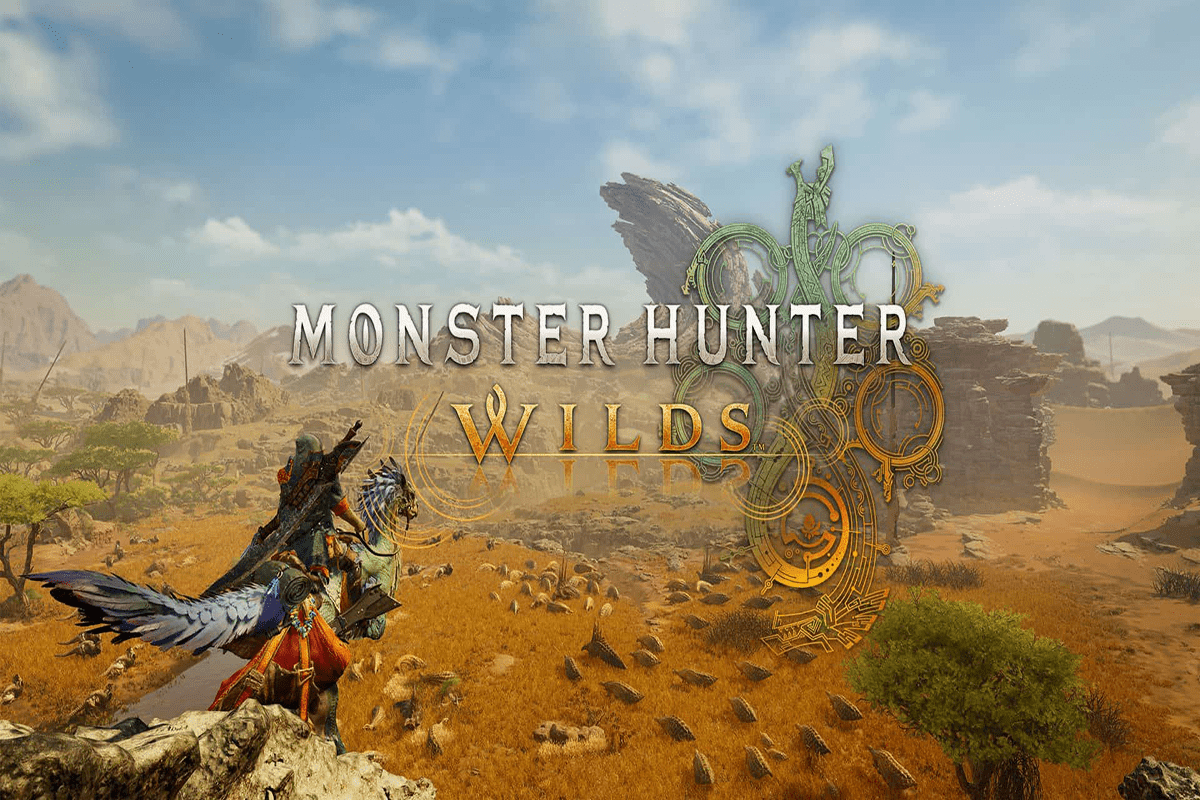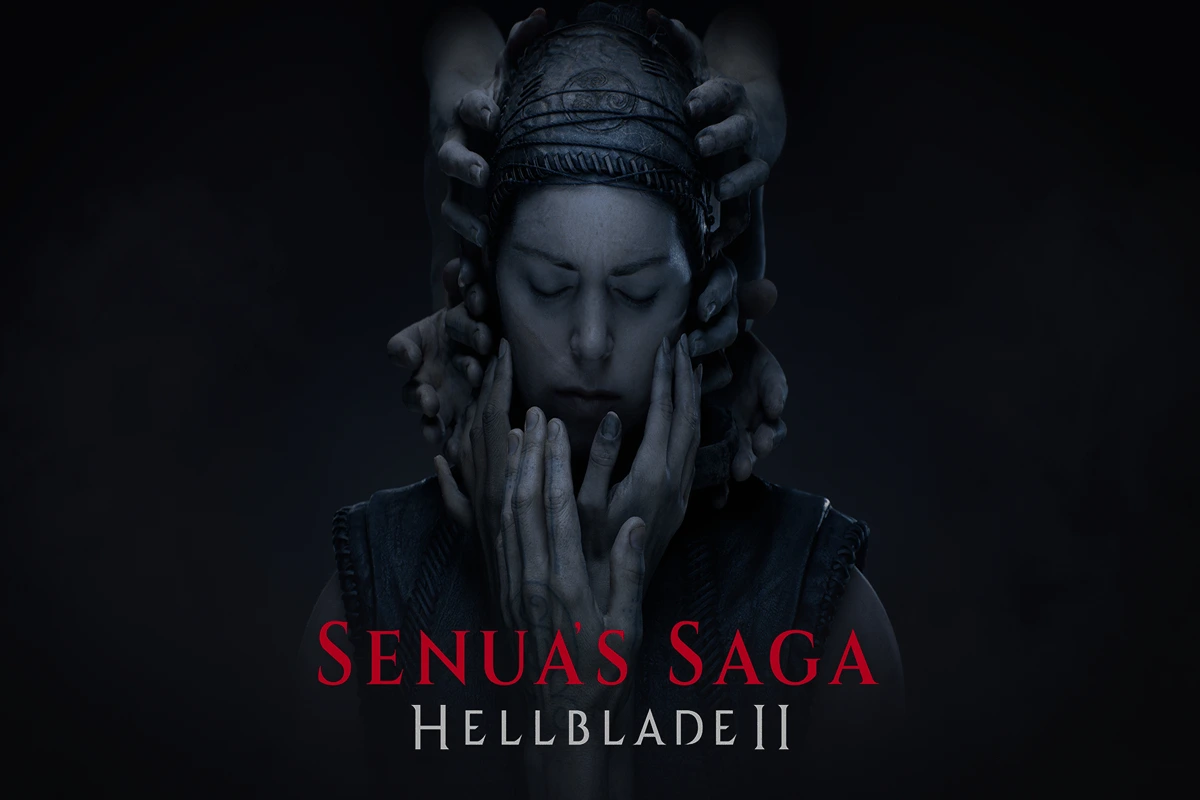A Masterpiece Reborn
Game Introduction
The Last of Us Part 1, created by Naughty Dog and launched on Playstation 5 and subsequently on Microsoft Windows to run on PC Games on March 28, 2023, is a ground-up remake of the 2013 game The Last of Us. It is not only a visual enhancement, but also a complete reinterpretation of one of the most popular games in the history of modern gaming. The Last of Us Part 1 is created entirely with the latest engine of Naughty Dog and offers an emotional and painful journey through Joel and Ellie in all its glory, with beautiful graphics, refined gameplay, and better sound design. As a longtime or first-time viewer, this remake is a fresh and engaging experience that reaffirms that The Last of Us is one of the masterpieces.
Gameplay: A Perfect Blend of Survival and Storytelling
The Last of Us Part 1 keeps the essential mechanics of the original that made it so appealing, as well as adds minor yet effective ones. It is an action-adventure third-person game that is more focused on the survival horror aspect. Players have to find resources, make tools, and enter the dangerous conflicts with infected people and human hosts.
Story Narrative: A Tale of Love, Loss, and Survival
The Last of Us Part 1 is its masterpiece in terms of the narrative. The book is set in a post-apocalyptic United States where a fungal disease has caused people to become monstrous and go as far as to consume the bodies of their loved ones. The novel features two characters, Joel and Ellie, as they drive to various parts of the United States. Joel, a smuggler who suffers a tragic back story, is given a task of taking with him Ellie, a teenage girl resistant to the infection, to the rebels called the Fireflies.
It is a heartrending account of how love, loss, and how much people will give up in order to save those they love. The emulation adds emotional value to the story with better character animations and voice acting, and each moment is more genuine and better engulfing. Some of the most significant scenes, like the reunion of Joel and his brother Tommy, or the argument between Ellie and David, are introduced with the new images and sound.
The Making of The Last of Us Part 1
The Last of Us Part 1 is not the result of a mere remake, but rather the result of a labor of love that reinvented what a video game (in the modern way) is capable of doing. The attention to detail and the willingness of Naughty Dog to tell the story are reflected in every single detail of the game development. The Last of Us Part 1 is a truly intriguing creation process, both in its original idea and in supporting the development after the game was launched.
Concept and Pre-Production
The Idea Behind the Game
The concept of the game was developed because of a need to retell the story of Joel and Ellie to a new generation of players, respecting the heritage of the first game released in 2013. Naughty Dog was striving to make the ultimate version of the game and use the strength of the new hardware to improve its visuals, gameplay, and emotions. The team needed to conserve the essence of the experience and still make it new and contemporary.
Designing the Game World
The post-apocalyptic world of the game was redesigned in terms of realism and immersion. The crew analyzed real-life settings to make the surroundings look true to life and inhabited. Every place was created to tell a tale: from the overgrown ruins in Boston to the desolate streets in Pittsburgh. This was meant to ensure that players experience the heaviness of the collapse of the world and that they could see beauty that remained in the reclaiming of nature.
Creating the Characters and Storyline
Joel and Ellie were brought to life as never before in terms of meticulous attention to detail due to the motion capture and facial animation technology. Naughty Dog, in collaboration with actors Troy Baker and Ashley Johnson, made sure that their performances were even more subtle and touching. The plot has not completely shifted, yet minor modifications were performed to the conversation and rhythm to improve the effectiveness of the narrative.
Art and Animation
The Art Style: Inspiration and Evolution
The Last of Us Part 1’s art style was based on the idea of beautiful decay. The idea of the team was to contrast the harsh reality of the post-apocalyptic world with the ghostly beauty of nature taking back its urban places. Photorealistic textures, dynamic light, and elaborate details of the environment were used in bringing this vision to life.
Character and Creature Design
The design of characters was revamped to indicate the current development in the graphical fidelity. The models of Joel and Ellie were reconstructed practically, and all the wrinkles, scars, and hair were carefully applied. The infected, including Clickers and Bloaters, were redesigned to be more frightening and biologically realistic, and contain detailed fungal growths and hideous animations.
Building the Game’s Environments
The settings were created with the help of a mixture of photogrammetry and new artisanship. The artists of Naughty Dog visited real-life places to take reference photographs and textures that were utilized to produce extremely detailed 3D models. What is created is a world that is real and one that is immersive, where every object has a story to tell.
Sound Design and Music
The Soundtrack: Composition and Inspiration
To recreate his renowned soundtrack in a modern sound, Gustavo Santaolalla came back and prepared the music for the soundtrack of The Last of Us Part 1. The music was also created to create a feeling of sadness and optimism, which perfectly matched the emotional feel of the game. There were also new songs that were incorporated to improve important scenes in the narrative.
Sound Effects and Foley: Creating an Immersive Experience
The sound design crew aimed at developing an immersive sound. All sounds, including the rustle of leaves and guttural grunts of the infected, were carefully designed. The recording of sounds in the real world was done by Foley artists to make it sound authentic, and the use of advanced processing techniques of audio increased the soundscape to be dynamic and layered.
Voice Acting and Casting
Troy Baker and Ashley Johnson portrayed their character of Joel and Ellie, and their performance was even more emotional and subtle than the initial one. Voice acting was done with a motion capture technology of the latest generation, and thus the facial expression and body language of the actors were ideally synchronized with their dialogues.
Programming and Engineering
The Game Engine: Choosing the Right Tool
The Last of Us Part 1 was developed with the newest engine of Naughty Dog, created with the purpose of using the hardware of the PlayStation 5. The engine provided real-time ray tracing, advanced physics simulation, and load time, and provided a seamless experience with a smooth and beautiful appearance.
Building the Game’s Mechanics and Systems
The gameplay itself was also streamlined and made more responsive and intuitive. The battle system was also reworked to add both new animations and physics-based interactions, whereas the stealth system was developed with better enemy AI and interactions with the environment. The crafting system was made more user-friendly and immersive as well.
Optimization and Performance Enhancement
The development team worked tirelessly to optimize the game for performance. The PlayStation 5’s SSD was leveraged to eliminate loading times, while the GPU and CPU were utilized to deliver consistent frame rates and stunning visuals. The game also includes multiple performance modes, allowing players to choose between higher resolution and smoother gameplay.
Testing and Quality Assurance
The Testing Process: Finding and Fixing Bugs
The QA team engaged in detailed testing to determine and resolve the bugs. All the elements of the game, including combat and environmental interactions, underwent a challenging testing process to make the game polished with no bugs. Tester feedback was taken to improve the mechanics of the game and address any problems.
Balancing Gameplay and Difficulty
The difficulty of the game was considered to be challenging but not very challenging. In order to make the game accessible and to accommodate every player of any skill level, several difficulty levels were implemented, and new accessibility features were added.
Polishing the Game for Release
During the last development phases, the team concentrated on making the game perfect. This involved the optimization of performance and fine-tuning of the animations, and making sure that no detail (however minor) was below the standards of Naughty Dog.
Launch and Post-Launch
The Road to Launch: Marketing and Promotion
The marketing campaign used by Naughty Dog was aimed at showcasing the improved graphics and emotional narrations in the game. To create anticipation, trailers and gameplay demos were published, and fans were engaged through social media campaigns, and buzz was created.
Launch Day: The Team’s Experience
The development team was very proud and relieved that the day had arrived. It was a pleasant surprise to see the warm reception of both fans and critics, and the staff rejoiced in the result of years of dedication.
Post-Launch Support and Updates
After the game was launched, the Naughty Dog continued to support the game with updates and patches. These covered petty bugs and new features, including more accessibility options and photo mode improvements.
Bonus Features
Deleted Scenes and Cut Content
The remake has a gallery of deleted scenes and cut material, giving fans an insight into how it was developed. Such are concept art of the early, unused dialogue, and alternate story ideas.
Easter Eggs and Hidden Secrets
The game is full of Easter eggs and secrets that can be found, and some of them are homages to the original game and other titles Naughty Dog has created. These include mild allusions to the overt hidden spaces.
The Team’s Favorite Moments and Memories
The development team also gave their favorites and the moments they enjoyed throughout the game creation in interviews and background features. These are emotional performances, technical breakthroughs, and the happiness of seeing the game come together.
Verdict
The Good
- Stunning visuals and lifelike character models
- Enhanced sound design and voice acting
- Improved enemy AI and gameplay mechanics
- Emotional and gripping narrative
- Inclusion of the Left Behind DLC
The Bad
- High price point for a remake
- Limited changes to core gameplay
- It may not appeal to players who have already experienced the original
Genre and Platforms
The Last of Us Part 1 is a third-person action-adventure game with survival horror elements. It was released on September 2, 2022, for PlayStation 5 and on March 3, 2023, for PC. Whether you’re experiencing Joel and Ellie’s journey for the first time or revisiting it with fresh eyes, The Last of Us Part 1 is an unforgettable adventure that sets a new standard for remakes.
The Last of Us Part 1 System Requirements
Minimum
- OS: Windows 10 (Version 1909 or Newer)
- Processor: AMD Ryzen 5 1500X, Intel Core i7-4770K
- Memory: 16 GB RAM
- Graphics: AMD Radeon RX 470 (4 GB), AMD Radeon RX 6500 XT (4 GB), NVIDIA GeForce GTX 970 (4 GB), NVIDIA GeForce GTX 1050 Ti (4 GB)
- Storage: 100 GB available space
Recommended
- OS: Windows 10 (Version 1909 or Newer)
- Processor: AMD Ryzen 5 3600X, Intel Core i7-8700
- Memory: 16 GB RAM
- Graphics: AMD Radeon RX 5700 XT (8 GB), AMD Radeon RX 6600 XT (8 GB), NVIDIA GeForce RTX 2070 SUPER (8 GB), NVIDIA GeForce RTX 3060 (8 GB)
- Storage: 100 GB available space
